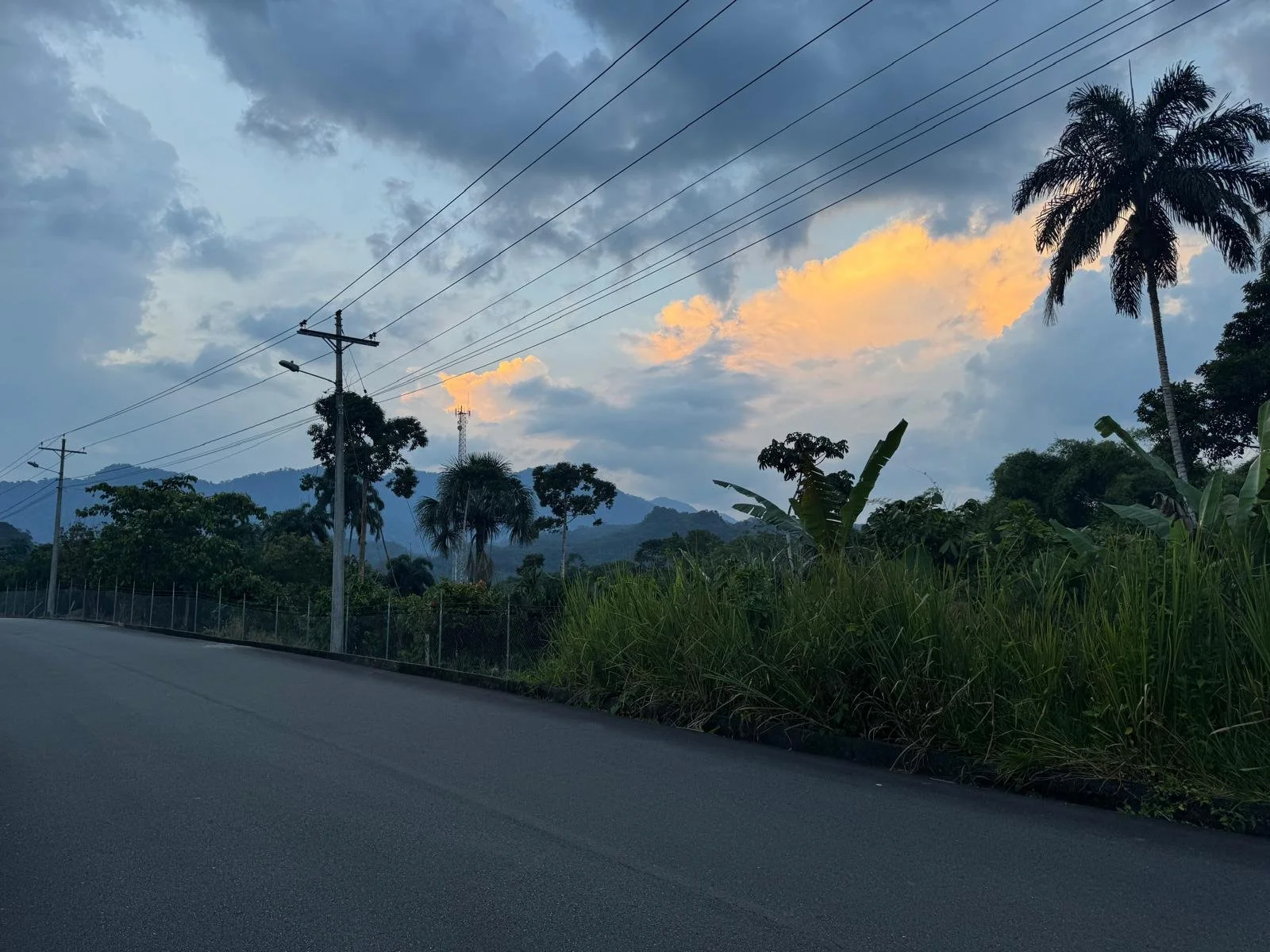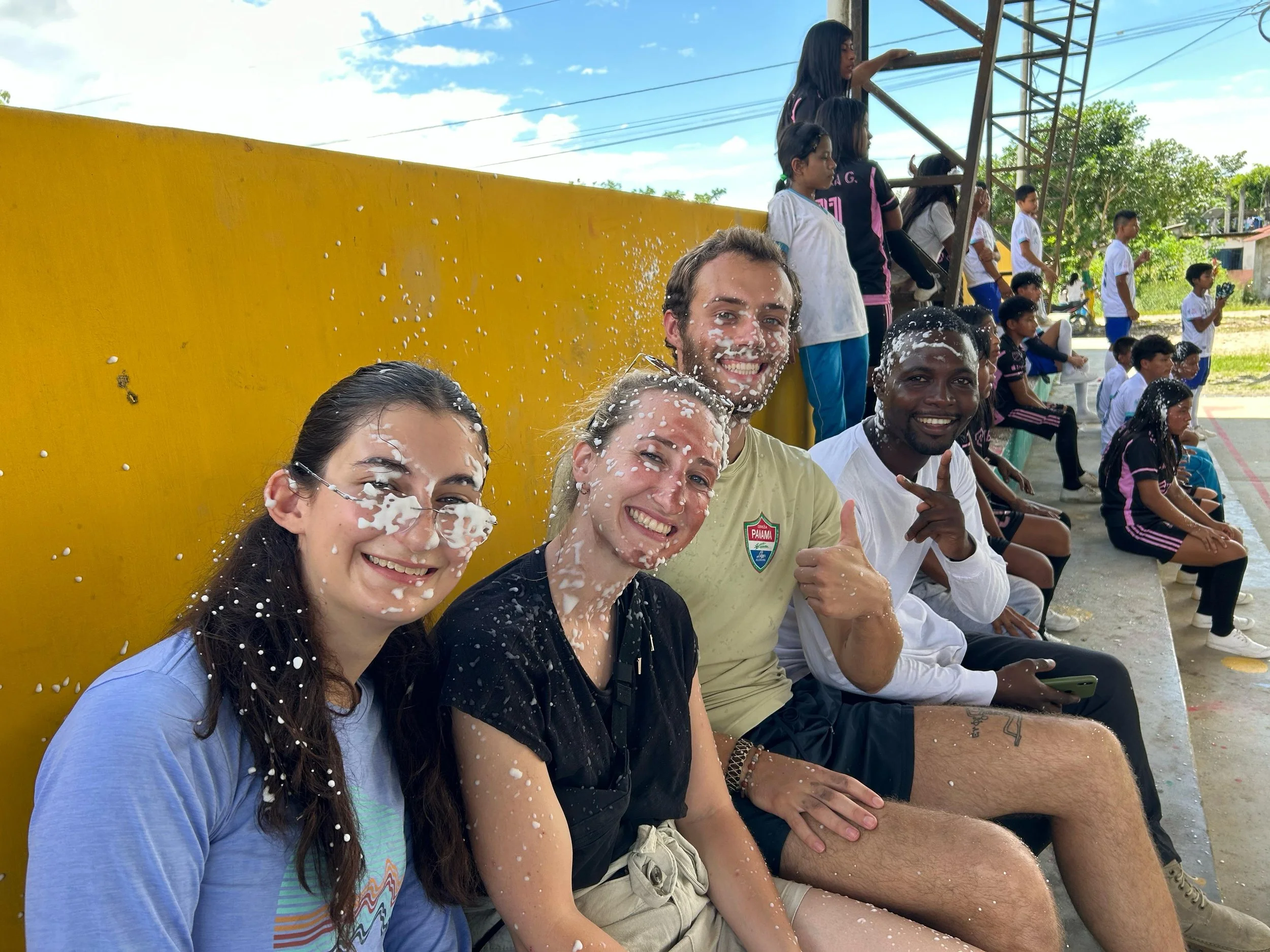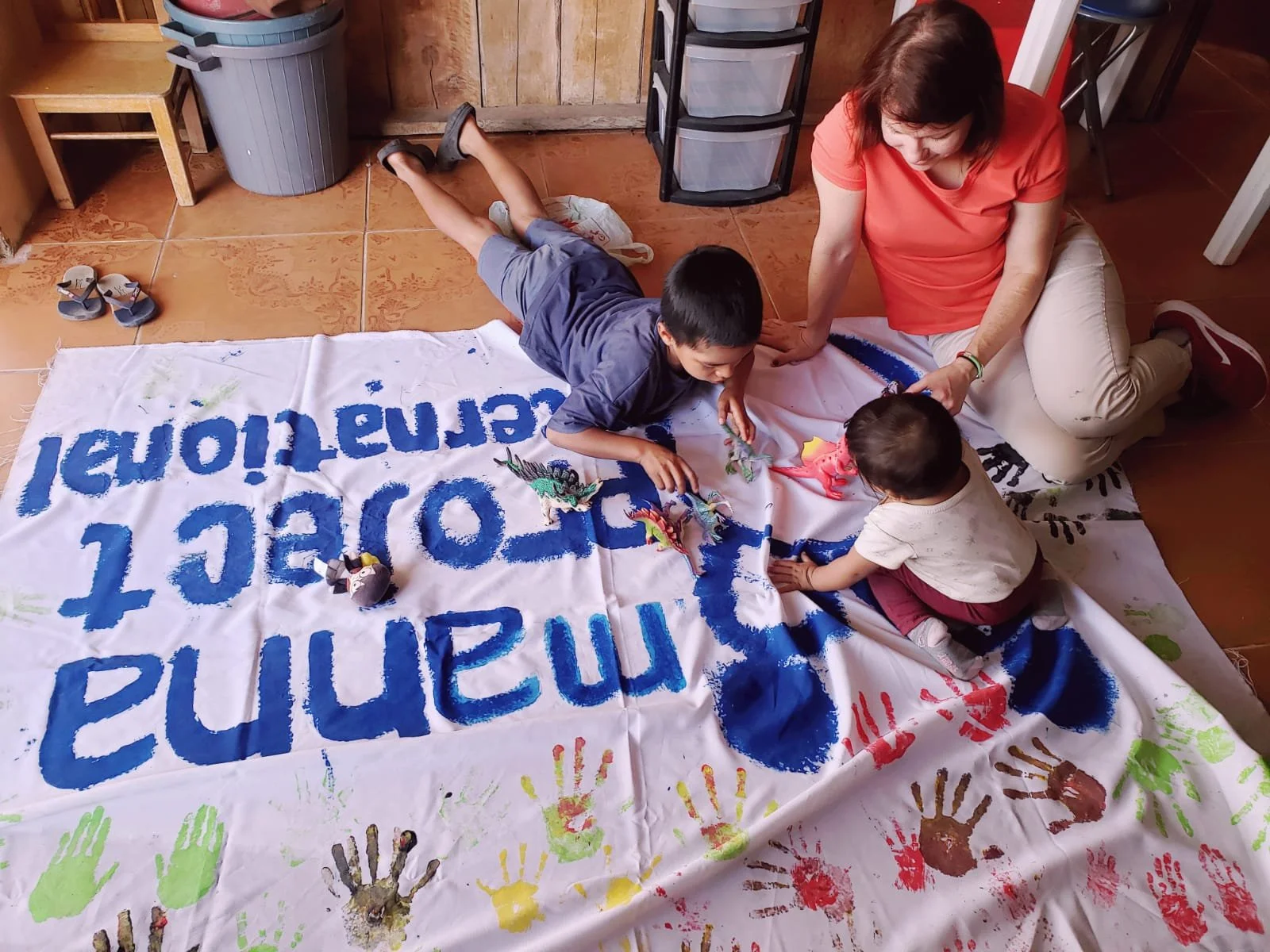By Anna Wilgenburg
As interns and program directors here at Manna, we all have the opportunity to take Spanish lessons with the Simon Bolivar Spanish School. These classes help us learn the language for our own personal goals, but they have also been indispensable in helping us, as volunteers from abroad, connect with the people in the community that we serve. When you are able to communicate with people in their native language, you are often able to have a larger impact than we would have been able to if we were unable to speak Spanish with them. I feel that even though my Spanish is far from perfect, I am still able to show interest in Ecuadorian culture by trying to speak the language, and I think that my students and members of the community as a whole appreciate this.
I was able to interview my teacher, Sandra Quishpe, about her experience as a teacher at the Simon Bolivar school and working with the students from Manna.
MPI: When did you start your school? How long have you been working with students?
Sandra: The School started in 1994 in Quito, I have been working with students for more than 26 years.
MPI: How many students do you teach? How many teachers do you have?
Sandra: Due to the Pandemic we have had to change, adapt and reinvent ourselves to continue providing our services by doing what we most like to do, teach and share the language and culture. Right now we have 7 teachers who are working, but we have a database of professional teachers who support us when we need them. At this time we have several students taking online classes and a few who are taking face-to-face classes.
MPI: Where did you learn to speak English?
Sandra: I learned at university, but if you don't practice you can't speak the language, so I learned more in my work as a teacher and helping students in the office.
MPI: How long have you been working with Manna?
Sandra: About 3 years.
MPI: What are the most important things to keep in mind when learning Spanish?
Sandra: First, find your rationale for learning the language. Then find affinity and interest in the language and culture of the place where the language is studied. Patience, dedication, perseverance in learning, and finally the motivation of personal growth and opening more doors in this wonderful world are important.
MPI: Why did you decide to work in this field?
Sandra: Because I like to help people, I love meeting new people and sharing experiences, but above all because I like traveling and seeing more places; I travel to other places while I am in my class teaching Spanish. Working in this job, I am doing what I really like and I am happy.
MPI: What do you like the most about teaching?
Sandra: I love sharing experiences and ensuring that my students can communicate in an appropriate way. I am very happy when they succeed.
MPI: What do you like the most about Ecuador?
Sandra: There are 2 things, the people with their warmth, joy and happiness in the simple things in life, and the unique nature that it has in its 4 natural regions: the Coast, the Sierra, the Oriente and the Insular Region or Galapagos.










